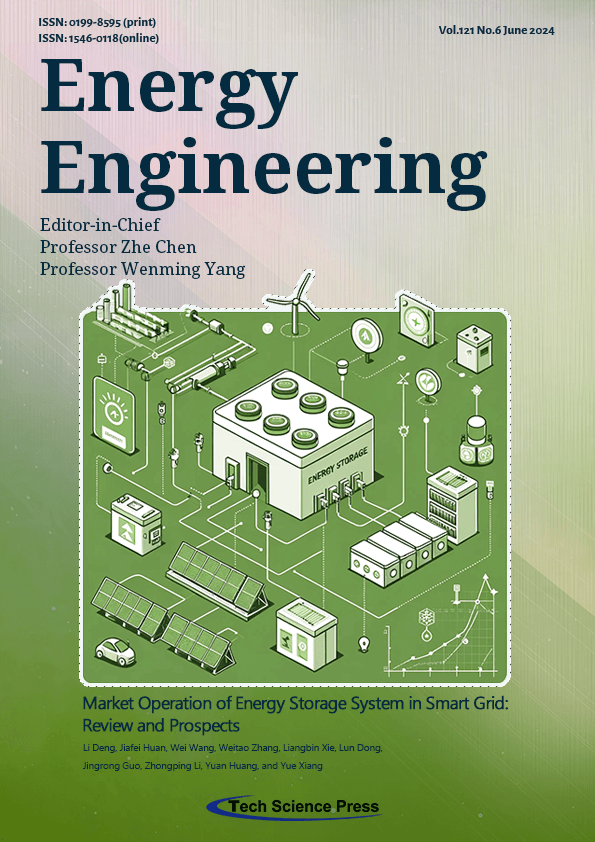
Energy storage is playing an increasingly important role in stabilizing and supporting the power system by providing services such as peak shaving, frequency adjustment, and capacity support. This paper reviews the energy storage operation model and market-based incentive mechanism. For different functional types and installation locations of energy storage within the power system, the operational models and existing policies for energy storage participation in the market that are adapted to multiple operating states are summarized. From the point of view of the actual scheduling and operation management of energy storage in China, an energy storage regulation and operation management model is proposed, as well as key technologies in the interactive scenarios of source-load, network and storage.
View this paper